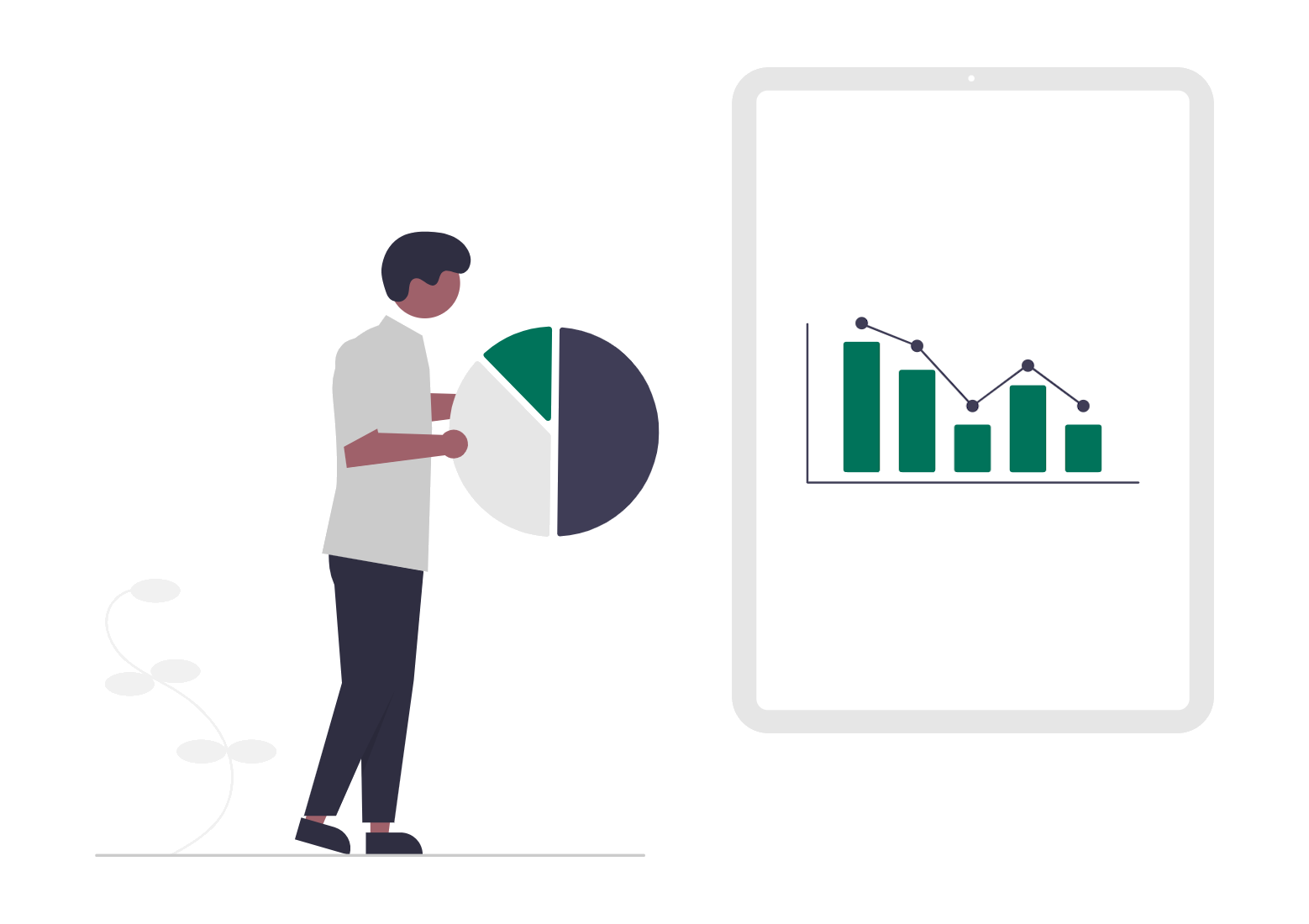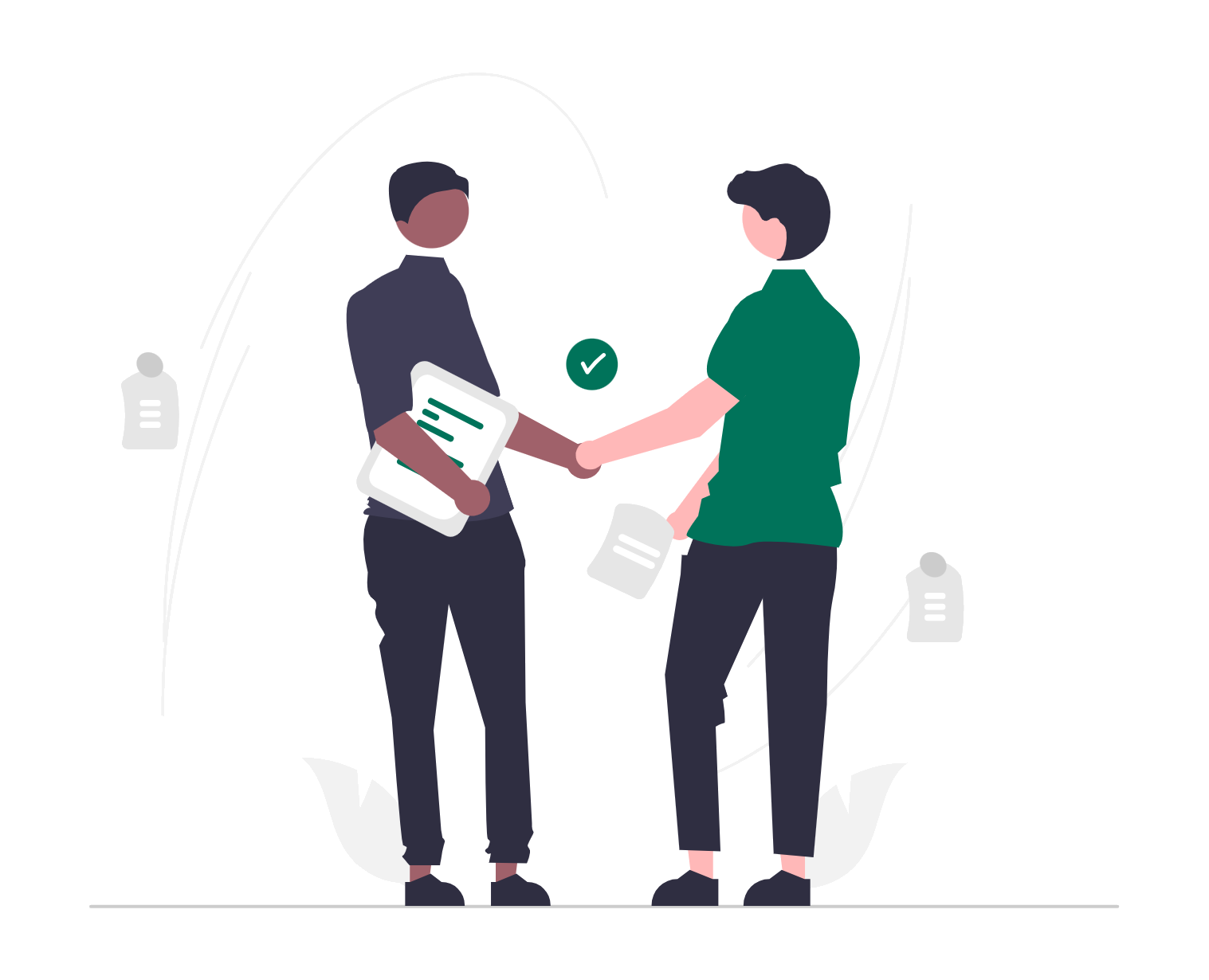and
Rewards
Loyalty Programmes That Build Emotional Connections and Increase Customer Lifetime Value
Loyalty isn't just about points—it’s about building relationships. Whether punch cards or mobile apps, loyalty programmes play a vital role in cultivating repeat business, turning customers into passionate supporters.
Want to launch a loyalty programme that truly resonates—with minimal cost and maximum impact? Sign up now or contact us to get started.



